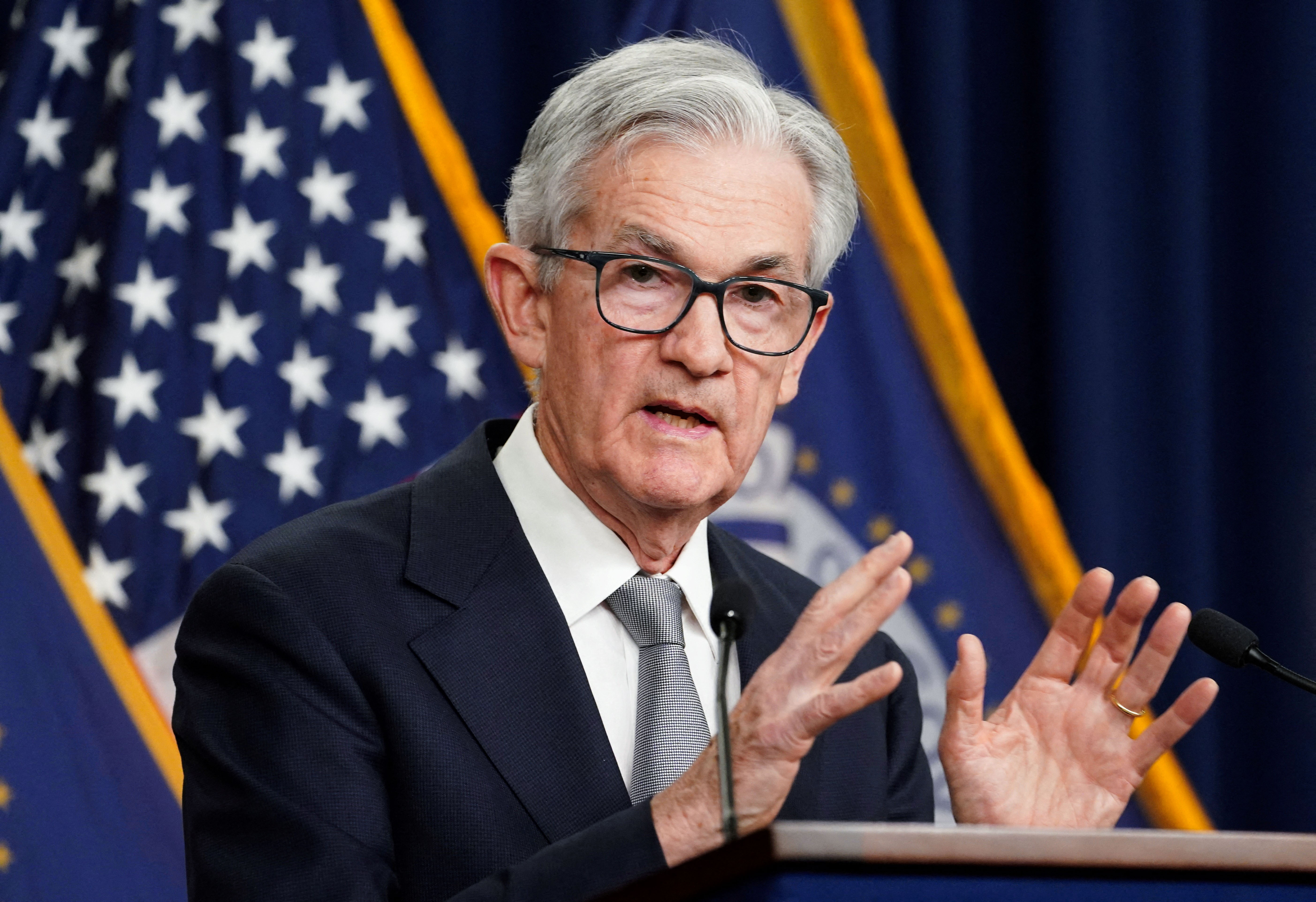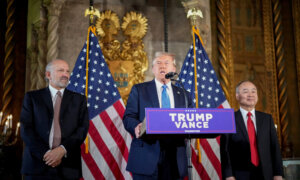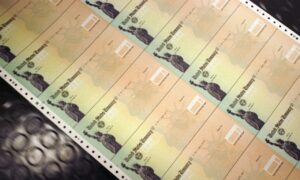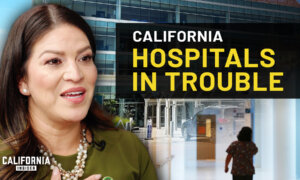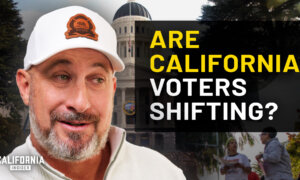The Federal Reserve followed through on a quarter-point interest rate cut on Nov. 7 as officials continue to loosen the central bank’s tight monetary policy.
Following its half-point rate cut at the September Federal Open Market Committee (FOMC) policy meeting, the Fed trimmed the benchmark federal funds rate by a quarter point, bringing it to a range of between 4.5 percent and 4.75 percent.
“Recent indicators suggest that economic activity has continued to expand at a solid pace. Since earlier in the year, labor market conditions have generally eased, and the unemployment rate has moved up but remains low,” the Fed said in an FOMC statement on Nov. 7. “Inflation has made progress toward the Committee’s 2 percent objective but remains somewhat elevated.”
The rate-setting committee changed its statement about obtaining “greater confidence” in lowering inflation. Instead, the document states that Fed officials judge “that the risks to achieving its employment and inflation goals are roughly in balance.”
The vote in favor of a quarter-point cut was unanimous.
Investors widely telegraphed a quarter-point rate cut at the November policy meeting. Future market data also signal that traders expect another 25-basis-point reduction to the federal funds rate next month.
“The Federal Reserve continues to lift the foot off the brake pedal, cutting interest rates by one-quarter percentage point, as expected,” said Greg McBride, chief financial analyst at Bankrate. “The solid pace of economic growth means the Fed can abandon the urgency seen with the half-point cut in September and take a more deliberate, quarter-point pace with this and future rate cuts.”
Byron Anderson, head of fixed income at Laffer Tengler Investments, said he does not believe that the central bank should pause rate cuts to allow bond markets—and the broader Wall Street arena—to digest the 2024 election results.
“The Fed has an opportunity with bond markets selling off aggressively today to pause and allow the market to figure this out without adding another variable to the mix,” Anderson said in a note. “There is a real possibility the Fed is going to exacerbate the bond sell-off with a rate cut of any size.”
U.S. Treasury yields rocketed in the immediate election aftermath, with the benchmark 10-year yield rising above 4.4 percent, up from the year’s low of 3.62 percent.
The 20- and 30-year yields also advanced, climbing to 4.7 percent and 4.59 percent, respectively.
“The markets currently are expecting inflation and deficit spending to increase under the Trump presidency, which may or may not happen, but markets need time to digest information,” Anderson said.
But the Fed has plenty of space to lower interest rates “and still keep things in order,” according to Mark Malek, chief information officer at Siebert Financial.
“However, there is no rush, given recently positive economic data—and the economic ‘unknowns’ that will come in the year ahead,” Malek said in a note.
A 2nd Trump Term and the Fed
Fed Chair Jerome Powell reaffirmed that he would not leave if the president-elect requested him to do so, saying that it is “not permitted under the law” for a president to terminate the central bank chief.Powell told reporters that President-elect Donald Trump’s election win will not affect the Fed’s outlook. However, he noted that any adjustments by an administration could affect monetary policy.
“Just in principle, it’s possible that any administration’s policies or policies put in place by Congress could have economic effects over time,” he said at a post-meeting press conference. “So along with countless other factors, forecasts of those economic effects would be included in our models of the economy and would be taken into account.”
While the central bank has already indicated that it would “recalibrate” monetary policy amid moderating inflation and a softening labor market, the Fed will now navigate a shifting political landscape following Trump’s victory.
Amid speculation that the Fed would be cutting interest rates, Trump said earlier this year that it is “something that they know they shouldn’t be doing” so close to an election.
In September, the central bank voted to ease policy for the first time in more than four years, following through with a jumbo 50-basis-point cut.
A new survey suggested that many Americans think that the Fed is playing politics.
According to a recent WalletHub Fed Rate Report, 74 percent of U.S. adults said the Fed was cutting rates for political reasons. The study highlighted that more than two-thirds (68 percent) of Americans are concerned that cutting rates will exacerbate inflation.
Monetary officials have repeatedly dismissed the political implications of their decision-making, alluding to the institution’s independence and the lag of their policy measures.

President Donald Trump (L) looks on as his nominee for chairman of the Federal Reserve, Jerome Powell, takes to the podium during a press event in the Rose Garden at the White House on Nov. 2, 2017. (Photo by Drew Angerer/Getty Images)
Powell told reporters at the September post-meeting press conference that his colleagues always consider “what’s the right thing to do for the people” that the Fed serves rather than an election date.
“We don’t put up any other filters,” he said. “I think if you start doing that, I don’t know where you stop. And so we just don’t do that.”
Powell’s term expires in 2026, and he has confirmed that he intends to complete the remainder of his time at the central bank.
Trump has said that he would not fire Powell but would not reappoint him either.
“I would let him serve it out, especially if I thought he was doing the right thing,” Trump told Bloomberg in June.
In August, Trump suggested that presidents “should have at least a say in” monetary policy actions.
“I think that in my case, I made a lot of money, I was very successful, and I think I have a better instinct than in many cases, people that would be on the Federal Reserve or the chairman,” Trump told reporters at his Mar-a-Lago residence.
The conflict between Powell and Trump is nothing new in the political colosseum, according to Jeffrey Roach, chief economist for LPL Financial.
“Presidents have often found themselves in conflict with Fed leadership, going back to many infamous debates between Fed Chairman Greenspan and Presidents Reagan, Bush I, Clinton, and Bush II,” he said in an emailed note.
“The executive branch’s efforts to influence monetary policy for the sake of public policy are nothing new, so markets shouldn’t be surprised by lively rhetoric in the coming administration.”
The next two-day Fed policy meeting is scheduled for Dec. 17 and 18.
